‘Anhedonia’ by Małgorzata Niedzielko at Arsenal Gallery in Białystok

Anhedonia is a term used in psychology and psychiatry to describe reduced capacity for experiencing pleasure and joy. It is no consolation that it is frequently accompanied by indifference to negative emotions, and a sense of general emotional numbness. We lose our joie de vivre, descending into apathy which gradually cocoons us with indifference. The condition may be exacerbated by personal tragedy – or by ordinary seasonal change, such as autumnal floral blight in the garden, social and/or political mood, or uncontrollable external conditions with major impact on our wellbeing.



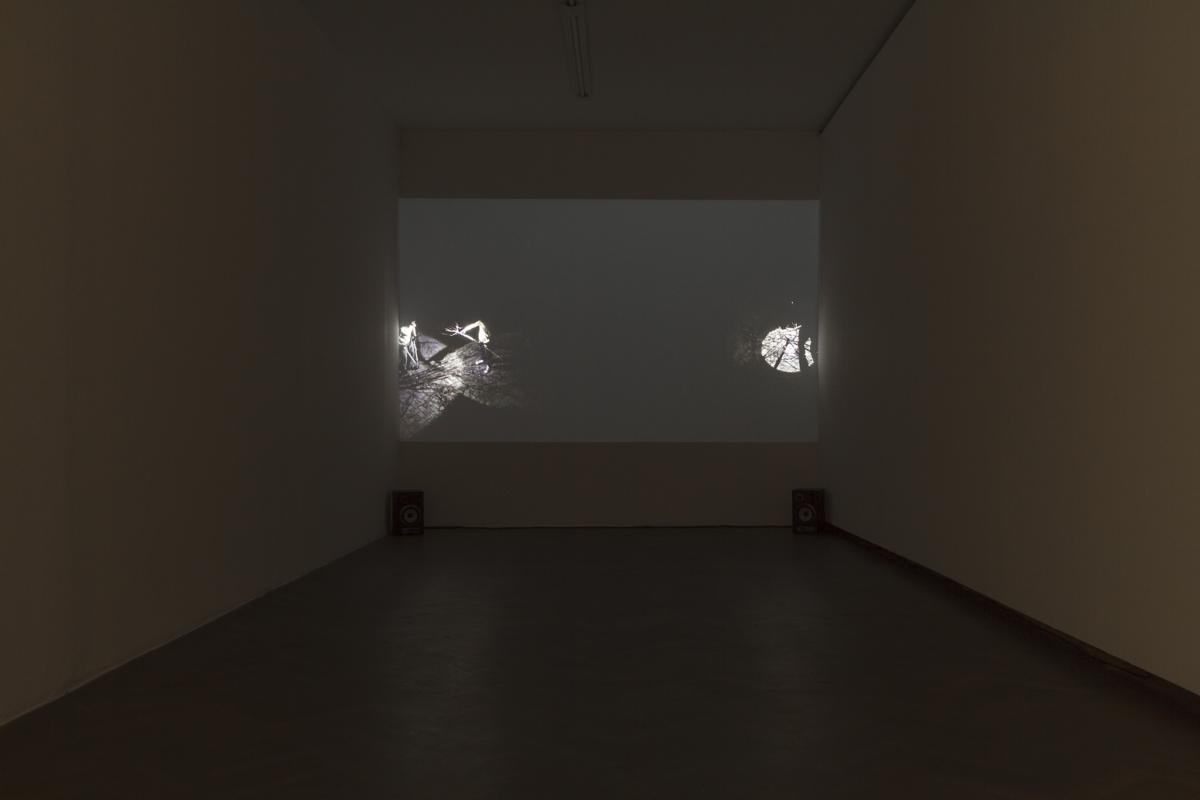
The garden is a seasonal pleasure. It may be euphoric in the summer, with its stunning pageant of colour, incessant change, fragrance, and sound. We plunge in and relax without heed for the death of plants, instantly replaced with others – discoveries we managed to forget since the previous year, now different and more intense in bloom. We draw strength from work, from thrusting our hands deep into soil; we sow and reap, refusing any thought of the oncoming winter. And once it does arrive, the view of rose bushes covered for protection from frost, leafless trees, dry perennials, empty flower beds, bare creeper supports brings vague discomfort, setting in alongside its faithful companion: a sense of misery and hopelessness. The image brings a playground on a cold rainy day to mind: abandoned swings are invariably sad, their random motion communicating inadequacy, anxiety, and insecurity.
The perspective of rebirth is distant – empty space joy left behind is all that remains. Nurturing hope and focusing on the cycle of existence, on the perfect circle which encompasses joy alternating with sadness, is by no means easy. The more beautiful the garden in the summer, the sadder it is in the winter, year by year. While we count the weeks, waiting, the interval is far from exciting: it is more of a resignation-rooted subsistence, biding time until spring.
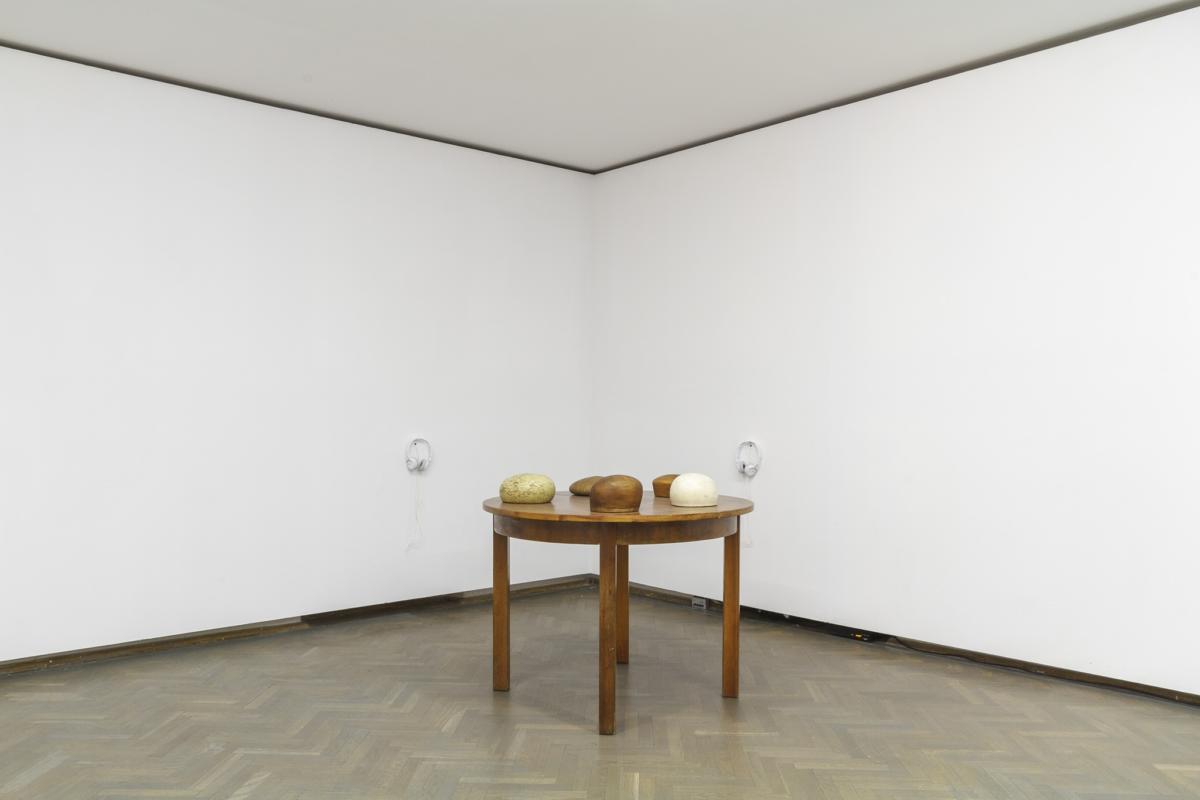
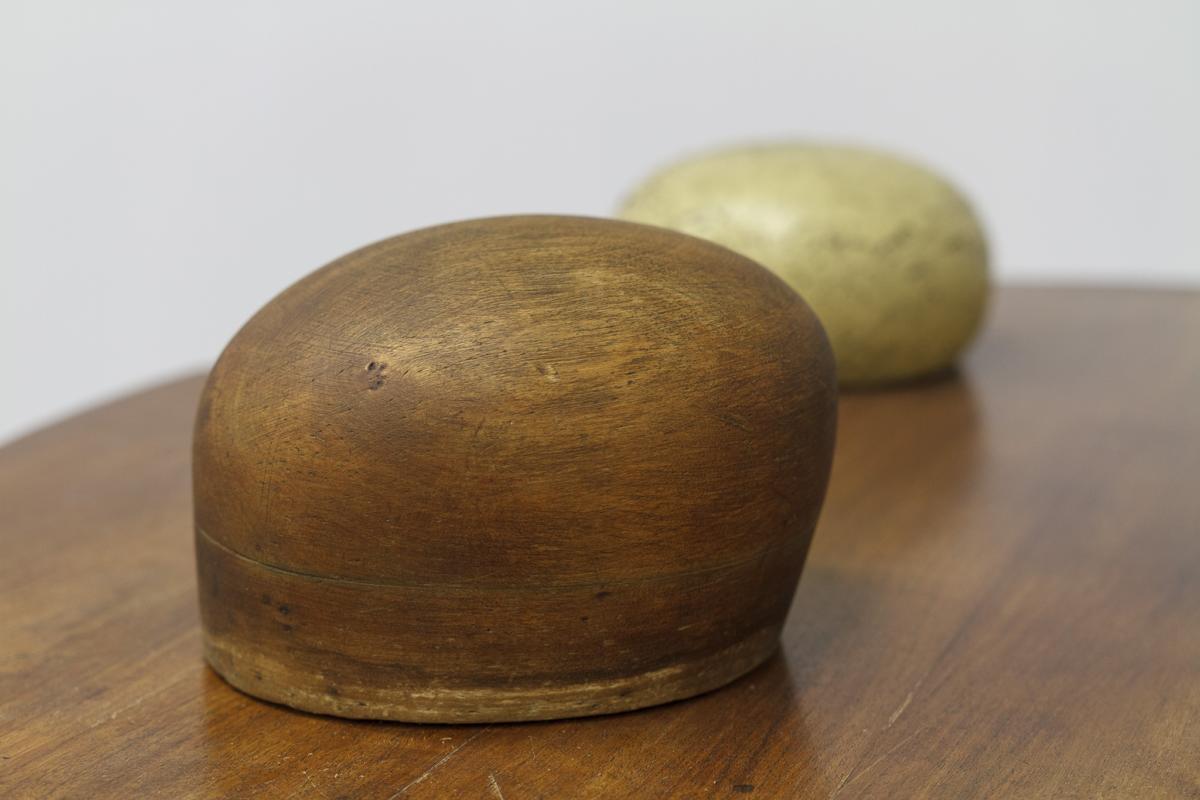


The home grows cold as well, though cosy with the cosiness of wooden floors and old furniture, a collection of knickknacks, preserves and plants taken in “for the winter” again.
Yet a furnished empty home seems less empty than an empty garden, all objects within supporting more life. Yellowish boards stare at us with knotty eyes, each pair different. In life, knots were branches, partly evolving into boughs, partly growing into the trunk. In semblance to scars, they are traces of trauma and healing, a record of the tree’s growth history. Upon felling and transformation into timber, while knots reduce mechanical properties of wood, a new visual feature is born. There is no such thing as tree without knots. Conversely, timber may be knot-free, especially when objects and furniture come into play. Vague forms abstracted from function and purpose, protected from loss, preserved, left on the table; they all suggest a presence. The accompanying sound is far from manifest; while natural, it seems synthetic; while deeply internal, it is born externally.

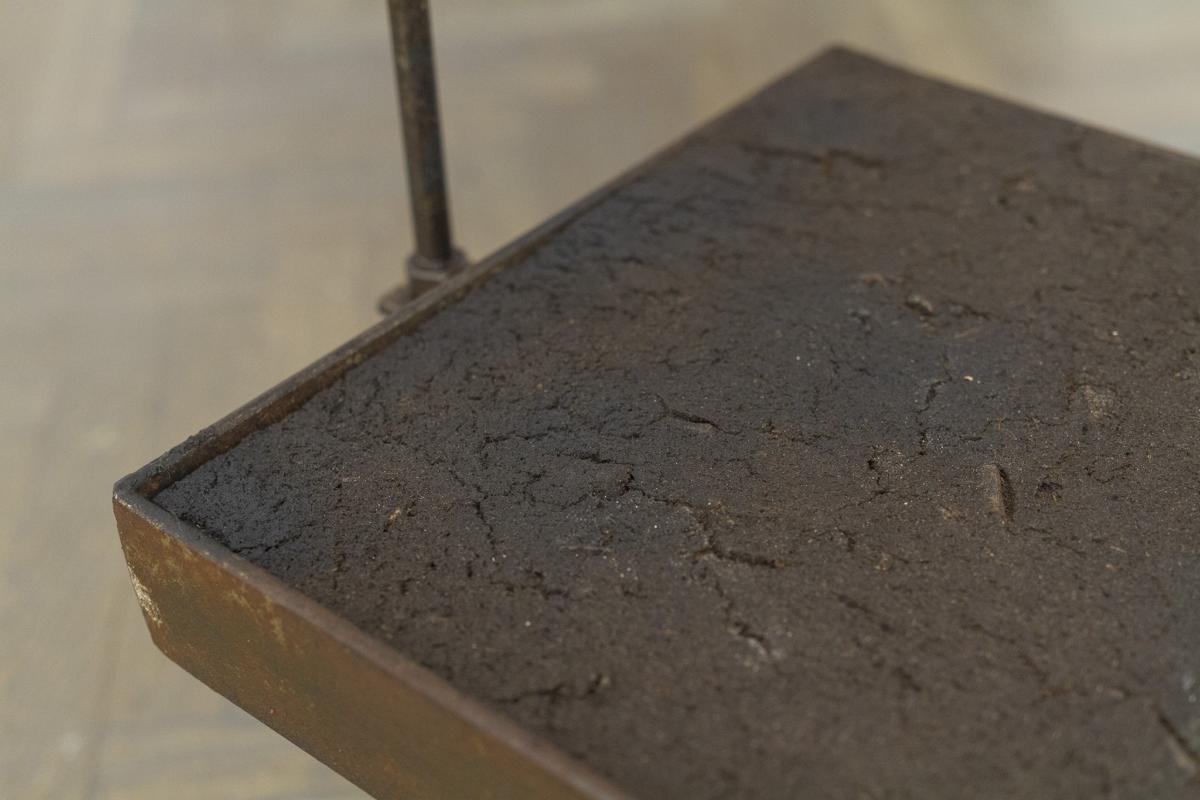
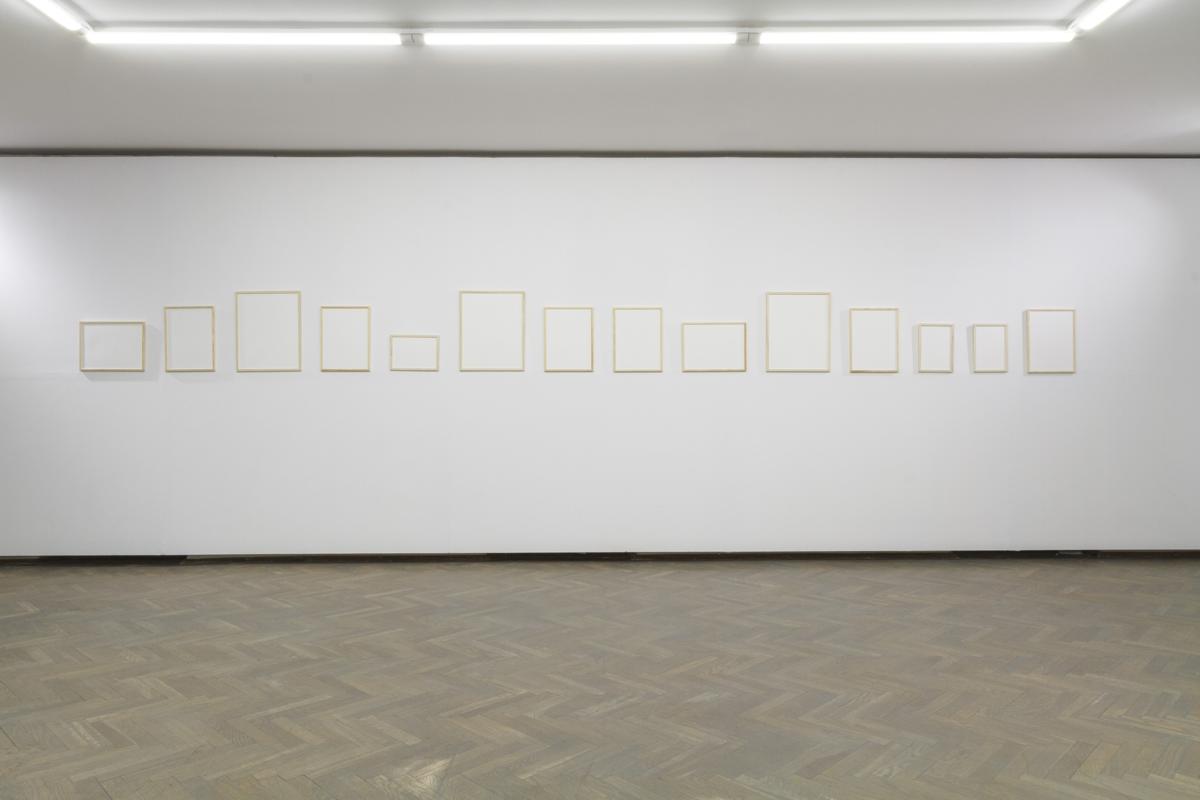
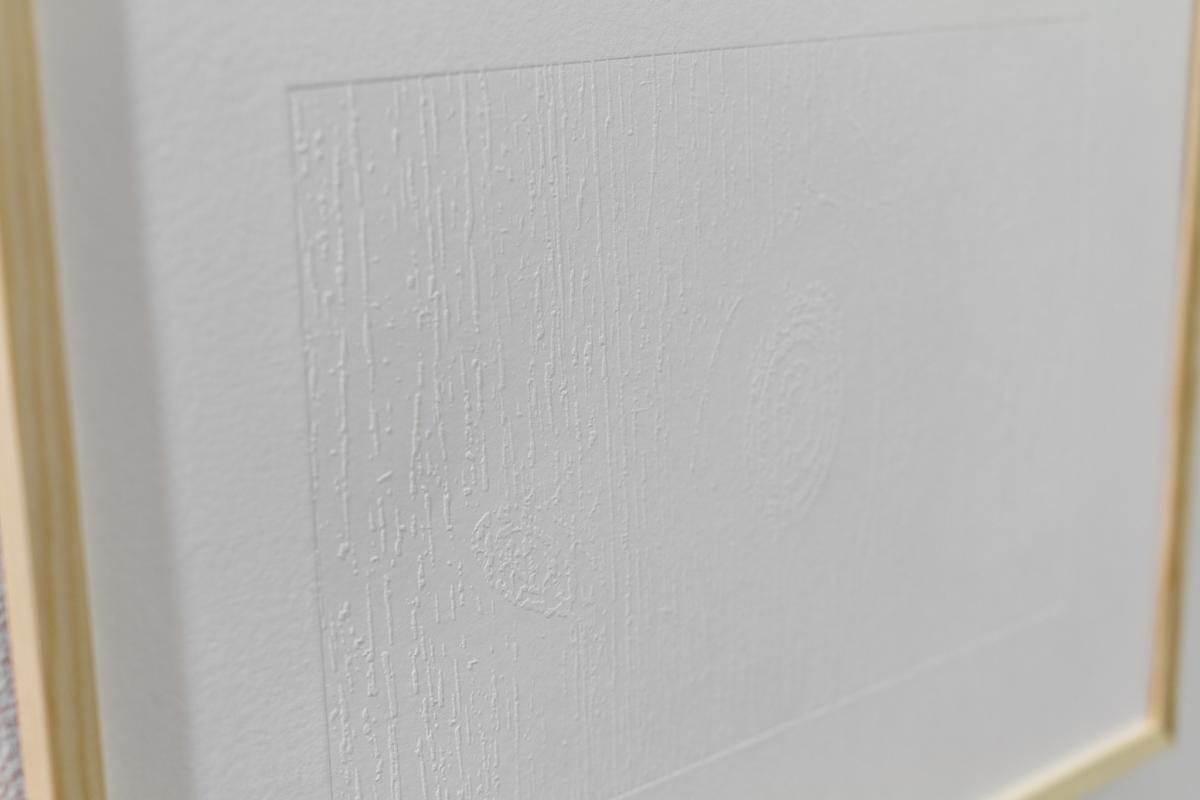
Ice expands and shrinks, cracking under tension; the ice cover resembles an enormous membrane with its special ring, or creak, or groan, the sound resembling high-class electronic music. In the winter of 2005/2006, Andreas Bick recorded and analysed the sound of a frozen lake near Berlin, using underwater microphones placed just beneath the ice cover. While the sound was affected by temperature and snowfall, one cannot resist an impression that something truly elusive and non-physical was the key component.*
Małgorzata explores the minuscule, collecting sounds, fragrances, forms, and impressions. She weaves her web of understatements and subtle allusions, joining the universal with banal objects in an intricate balance on the edge of feeling.
English translation from the Polish language by Aleksandra Sobczak-Kövesi
* Listen: Andreas Bick, Dispersion in Ice Sheet, audio, 1:59, online: https://soundcloud.com/andreas-bick/dispersion-in-ice-sheet [accessed 7 January 2020].
Imprint
| Artist | Małgorzata Niedzielko |
| Exhibition | Anhedonia |
| Place / venue | Arsenal Gallery, Białystok |
| Dates | 10 January – 13 February 2020 |
| Curated by | Monika Szewczyk |
| Photos | Maciej Zalewski |
| Website | galeria-arsenal.pl |
| Index | Arsenal Gallery in Białystok Małgorzata Niedzielko |
